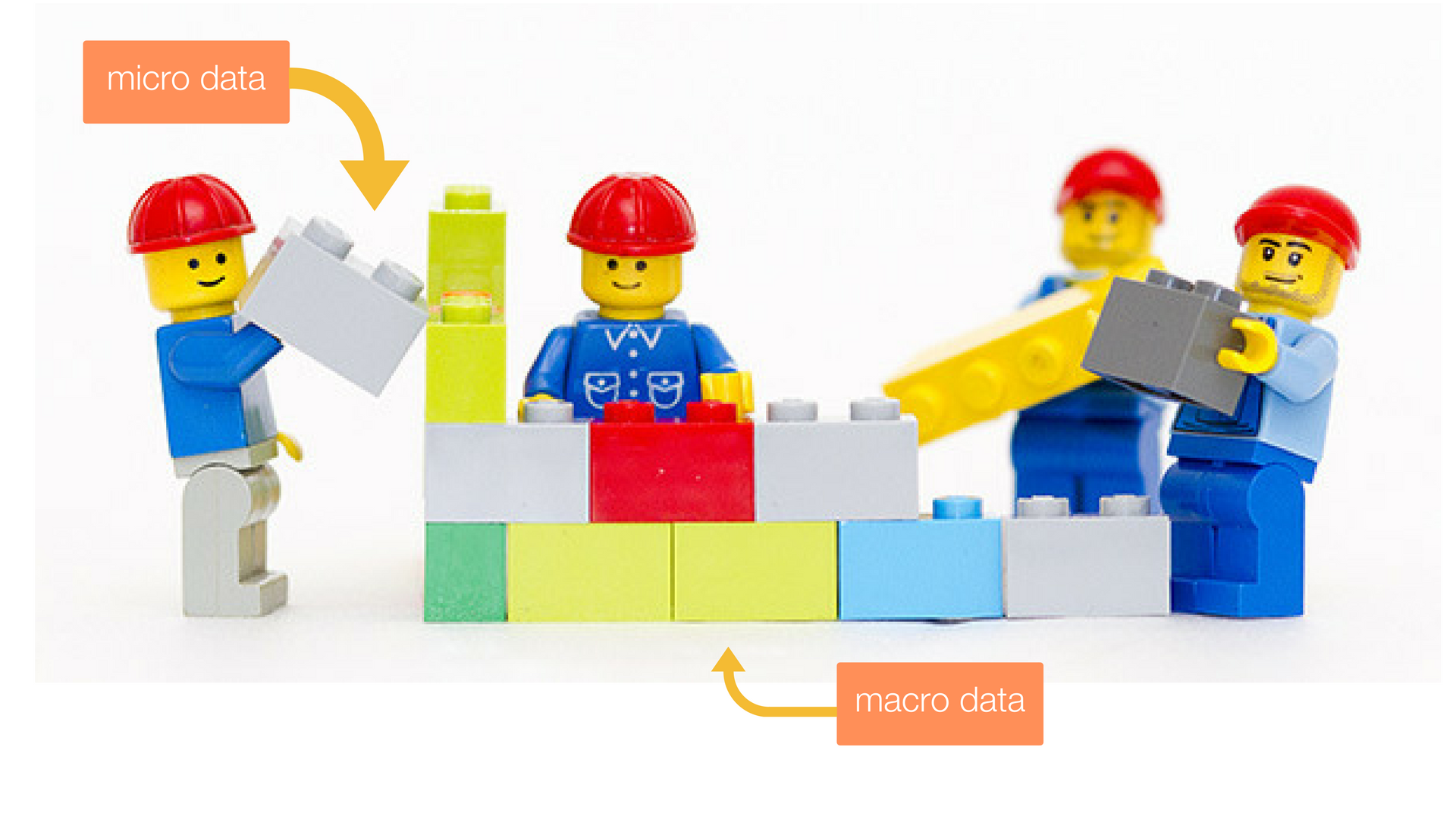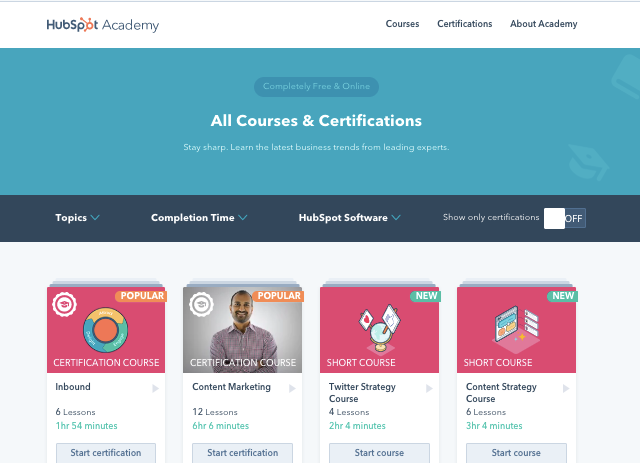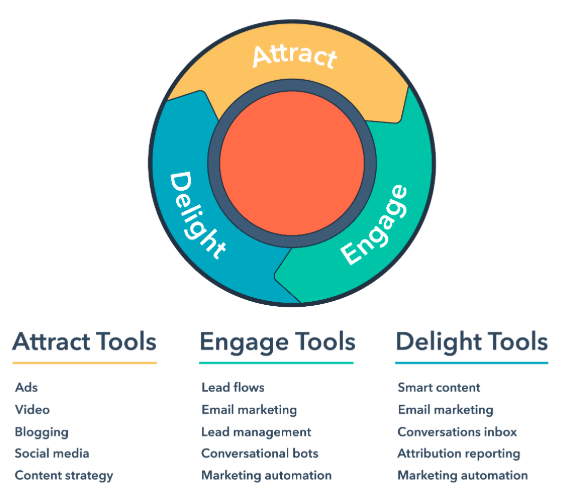In the first part of this series, we introduced you to the idea of Conversational Data Collection, which we'll refer to as "CDC" (because "conversational data collection" is really long to type). As a quick refresher: CDC is the collection of different types of information through conversations that happen across different messaging channels.
.png)
Think of data as informational building blocks (or Legos). There are many different shapes, colors, and sizes of Legos, yet they all connect with each other to build a wide variety of different things depending on the idea you have in your head. Just as you connect those bricks together to build larger constructs, you can do the same thing with your data once you understand how they can be put together.
Macro vs. Micro - Building Data "Things"
 On a very basic level, there are two types of data: macro data, which is valuable on a big-picture level but isn't really person-specific, and micro-data, which is person-specific. It may not translate to a larger scope directly, but collectively becomes part of a macro-data point. Think of micro data as the individual blocks and macro data as the thing you're building. Just as you can take the bricks apart and build something else, you can do the same with micro data.
On a very basic level, there are two types of data: macro data, which is valuable on a big-picture level but isn't really person-specific, and micro-data, which is person-specific. It may not translate to a larger scope directly, but collectively becomes part of a macro-data point. Think of micro data as the individual blocks and macro data as the thing you're building. Just as you can take the bricks apart and build something else, you can do the same with micro data.
Micro data examples (building blocks):
- A person's details (email, first name, last name, age, location, etc.)
- A single person's preferences (cheddar vs. swiss, or email vs. SMS)
- A single person's channel preference (Facebook Messenger vs. email)
- The credit card they used on a specific transaction
Macro data examples (things we build):
*I've underlined the "thing" that we built
- A group of our users with emails that end with @gmail.com
- A collection of orders where people asked for cheddar cheese
- A table of customers that prefer Facebook Messenger over other channels
- The pool of our transactions that use credit cards versus paypal
Macro data points are built using a group of micro data points and usually answer a specific question. For example, a macro data point may be the answer to the question, How many people bought hamburgers between noon and 1 PM? In this example, we aren't looking at the individual orders, but rather just a collection of one part of each order added together - the actual number of people that ordered at least one burger between noon and 1 PM.
If we wanted to look deeper, we might take that data collection (of people that ordered a burger within that one-hour time frame), and see how many burgers they ordered on average. This is still a macro data point, because we aren't yet looking at the individual orders, but rather a high-level (read: macro) value.
If we went a level deeper and looked at how many people ordered their burgers without ketchup, we are getting closer to the micro level. If we looked at individual orders to see what else a specific person ordered, then we are now looking at micro data.
When looking at conversational data, we need to make sure that we understand which things are micro and which things are macro in nature, and how they are related to each other.
Key ideas
- Micro data points are our building blocks.
- Macro data points are built using micro data.
- Macro data usually answers big questions.
- We can reuse data over and over to answer different questions.
What You Can Do Today
How can you start to use what you've just learned about macro and micro data? I'm glad you asked :)
Look at what information you have today
Just like when you, as a child, tore open that box of LEGOS to see what was inside, you'll want to do the same thing with your existing micro data. We're going to cover how data is related to each other in a later post, but for now, start exploring the information you already have been collecting.
If you don't have a a CRM (Customer Relationship Management) system in place, try the HubSpot CRM Free. It's an easy-to-use tool that connects with all the other GrowthStack Platform tools and will be the core of your data collection strategy.
Think about what questions you will want to know the answers to
I tend to use the phrase asked and answered quite a bit, because it's core to how I think. What questions will you want to know about the people that you interact with? What information will you need to collect during your conversations to answer those questions?
Think about data like Russian nesting dolls
We've all seen them - the dolls that open to reveal another doll, over and over. Think about your data the same way. Start with the biggest questions you have, and figure out what questions you'll need to ask to get the answer. Rinse and repeat until you can't go any more granular.
In the next part, we're going to look at the difference between active data and passive data. Until then - go play with some LEGOS.
Conversational Marketing

.webp)





![Become a Content Marketing Expert This Year [Course + Workbook]](https://blog.hubspot.com/hubfs/content-marketing-certification-course-image.jpeg)


.jpg)